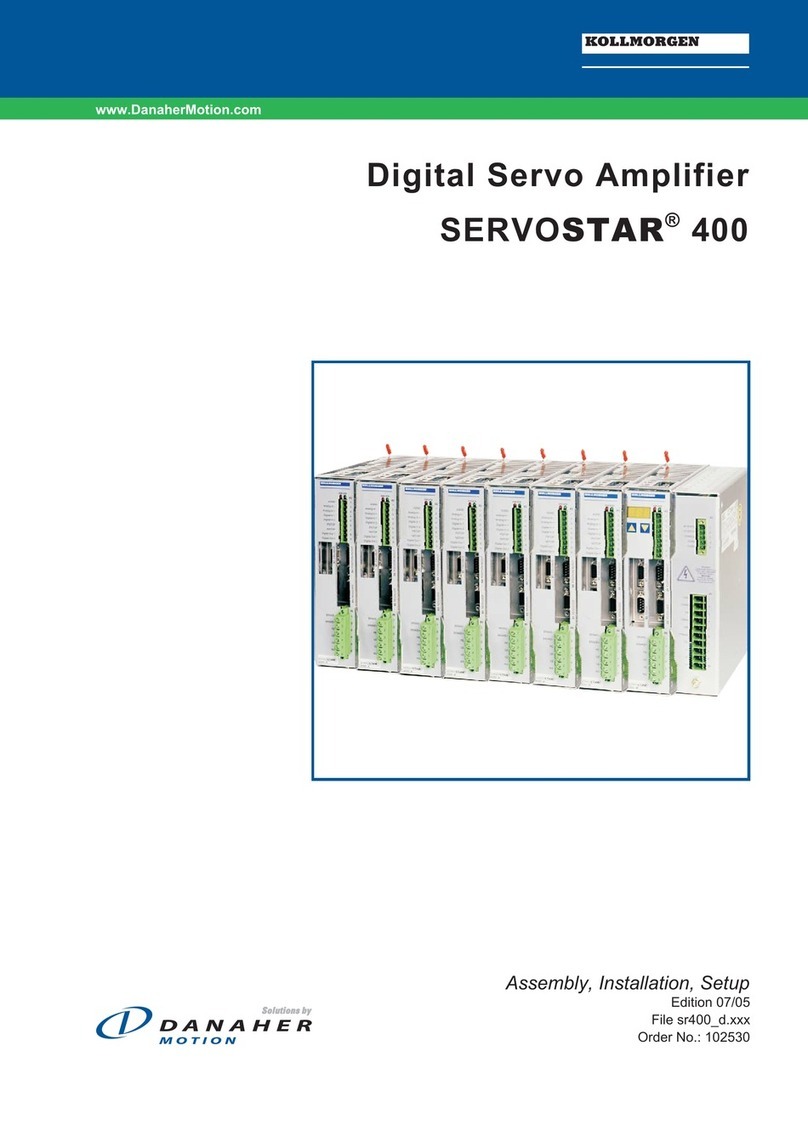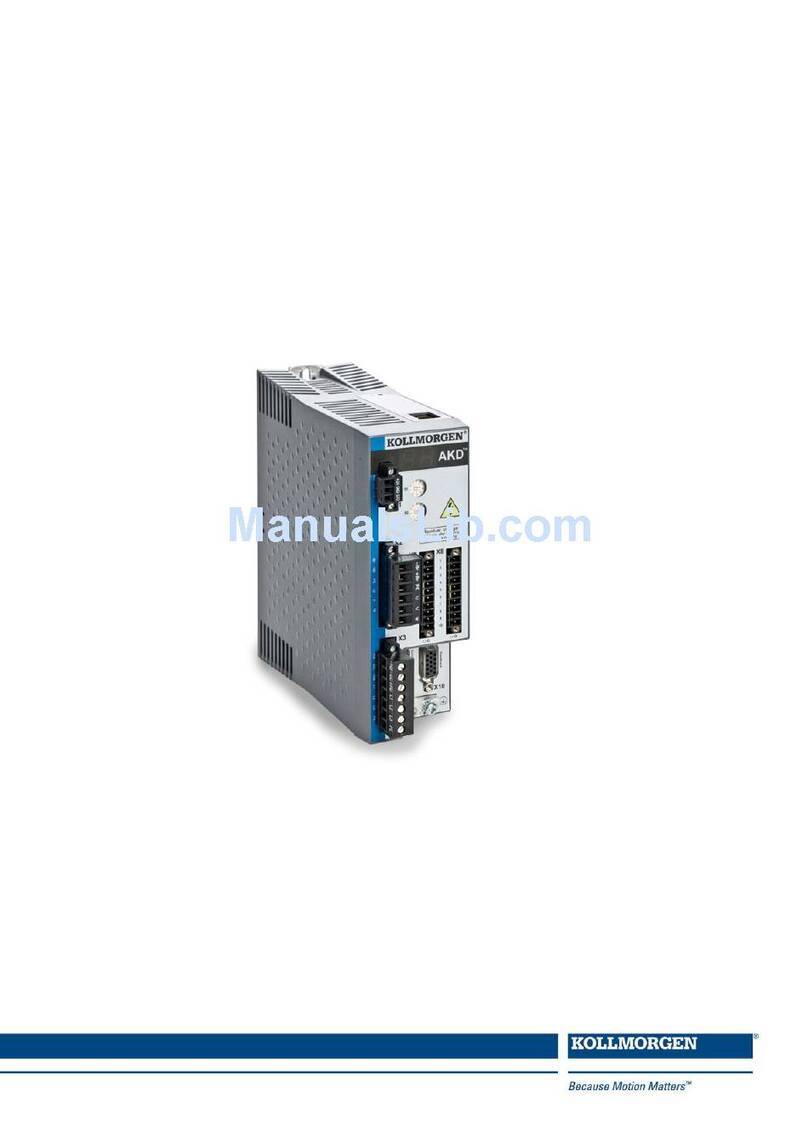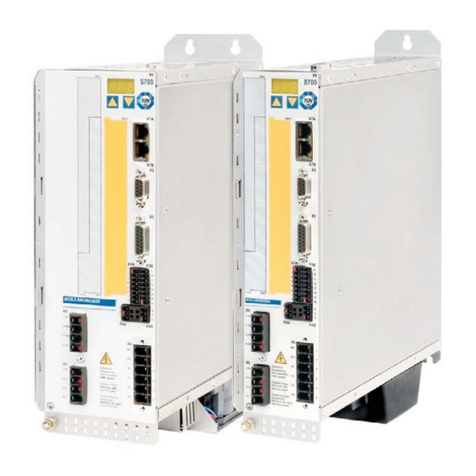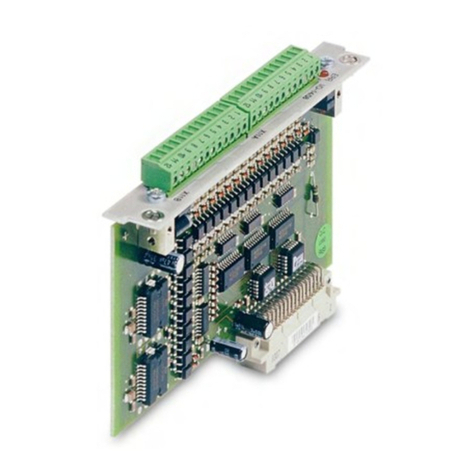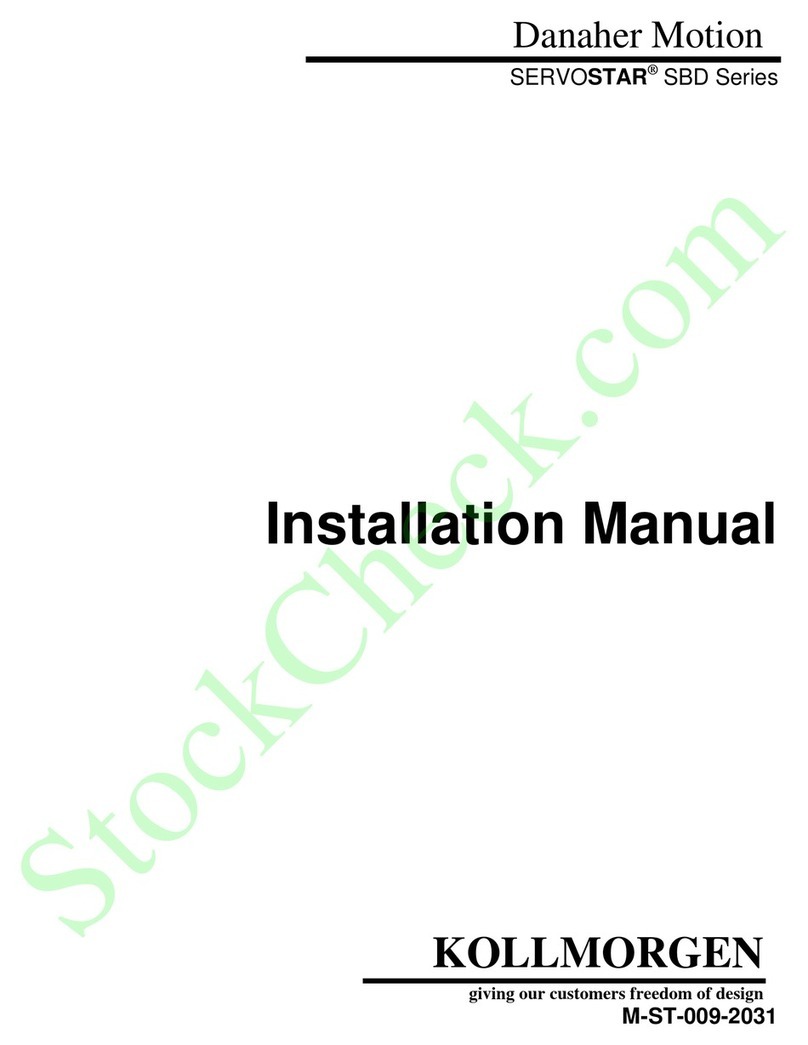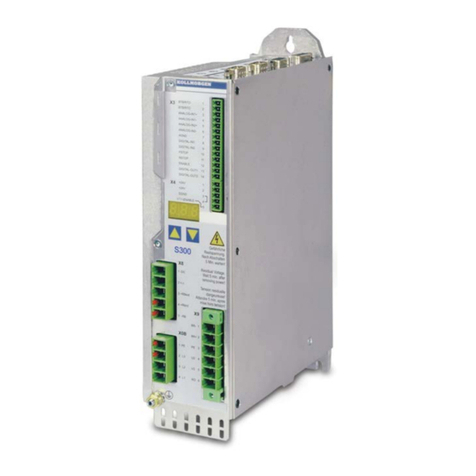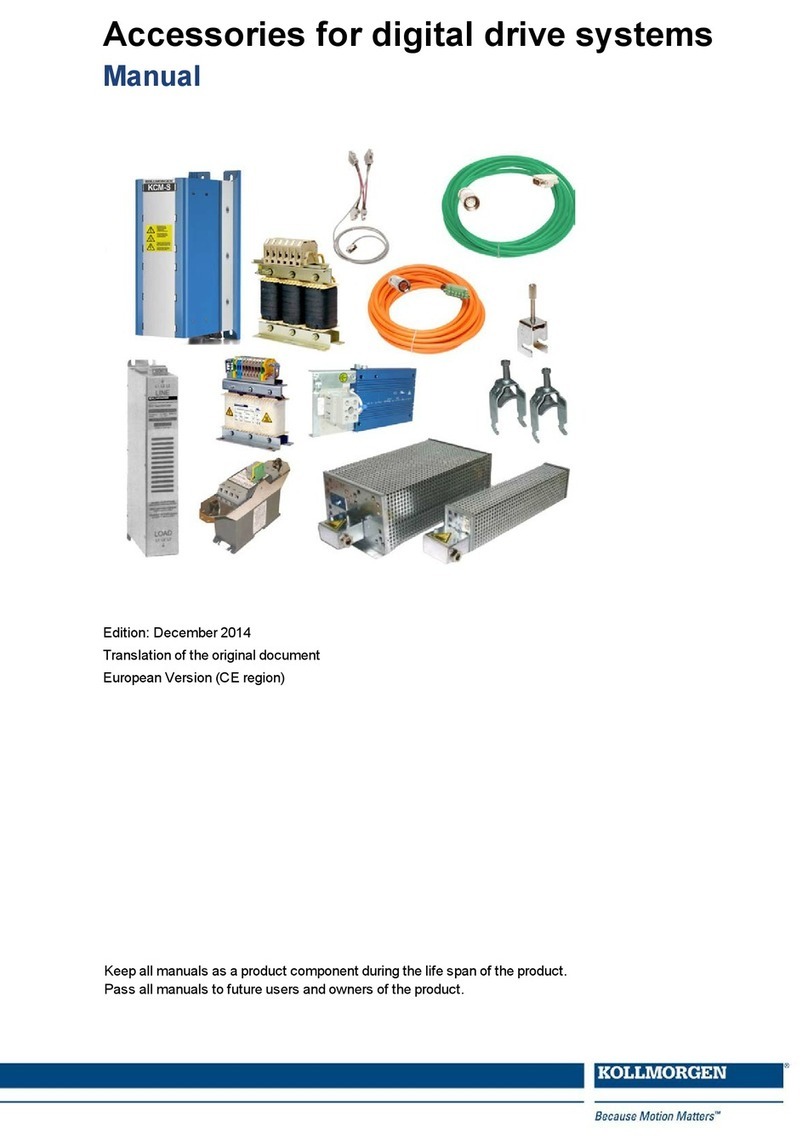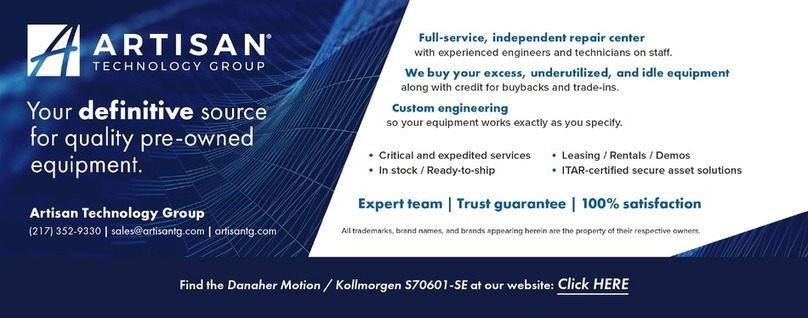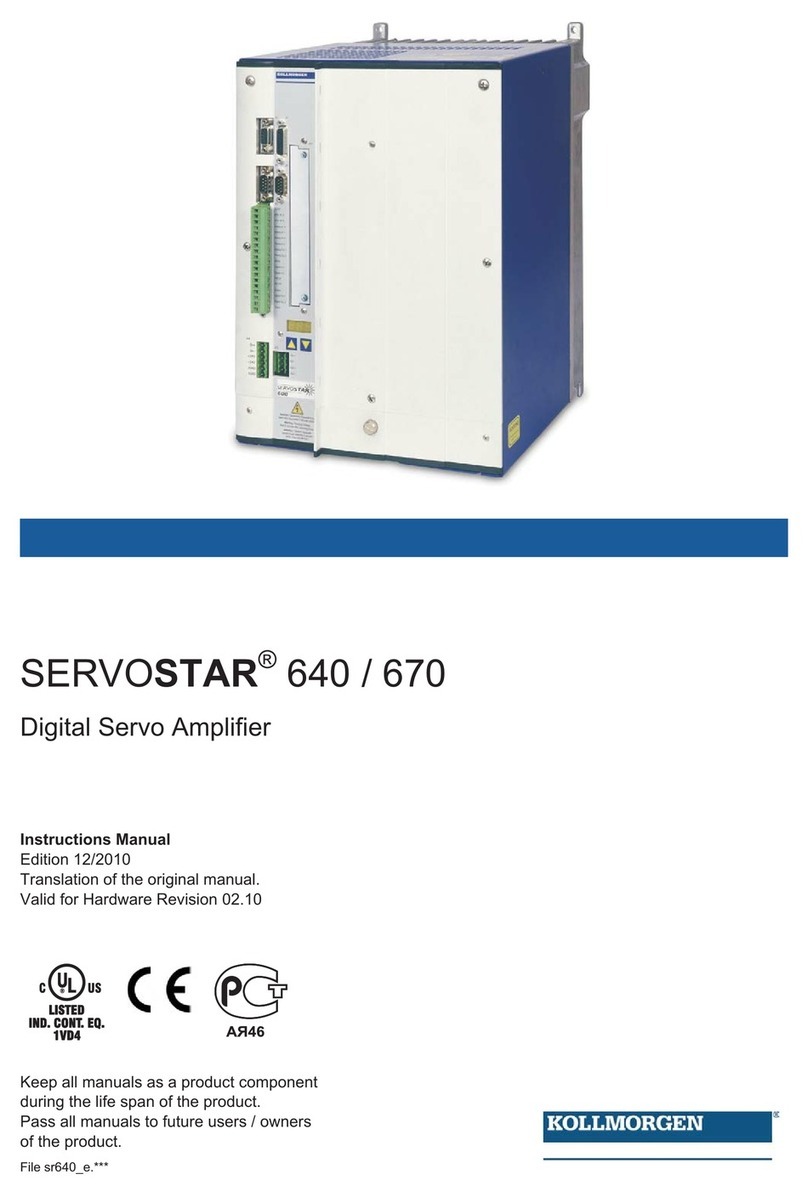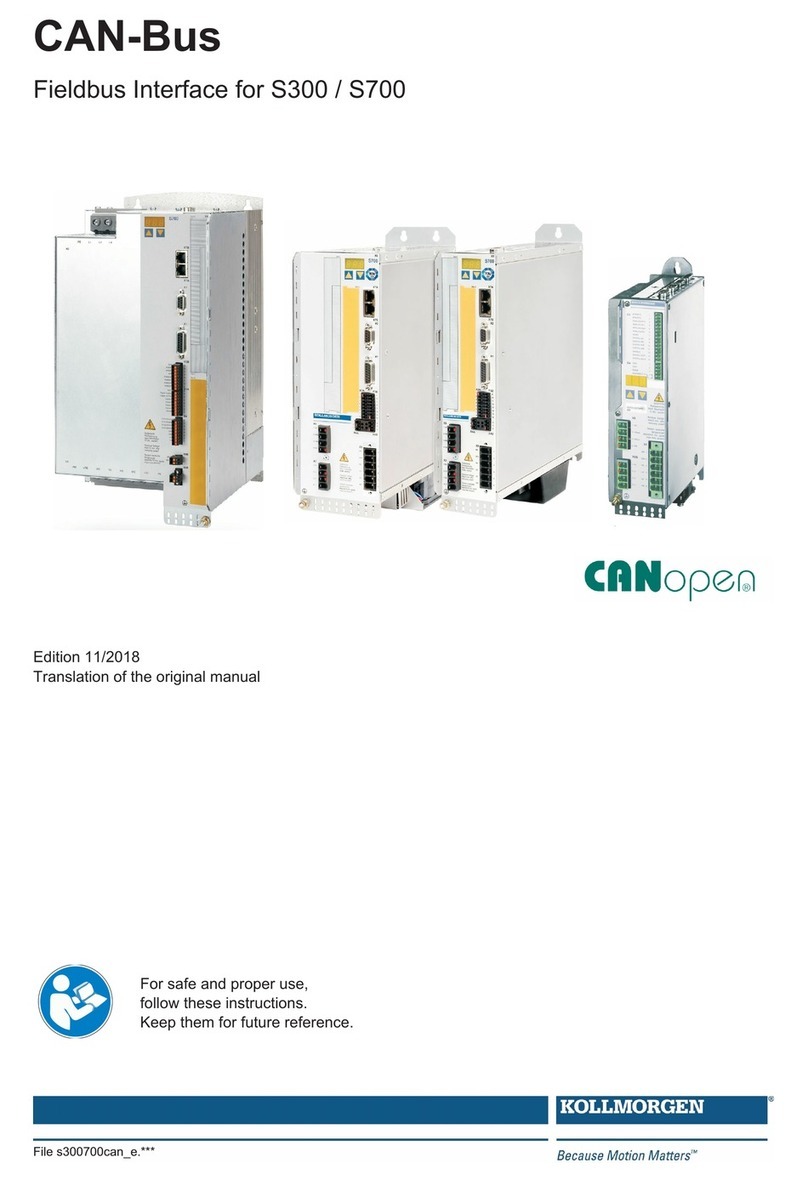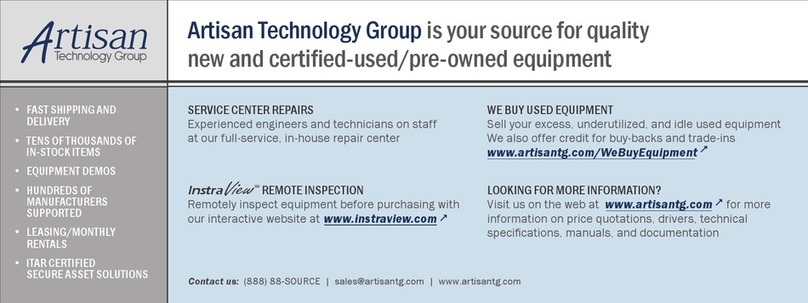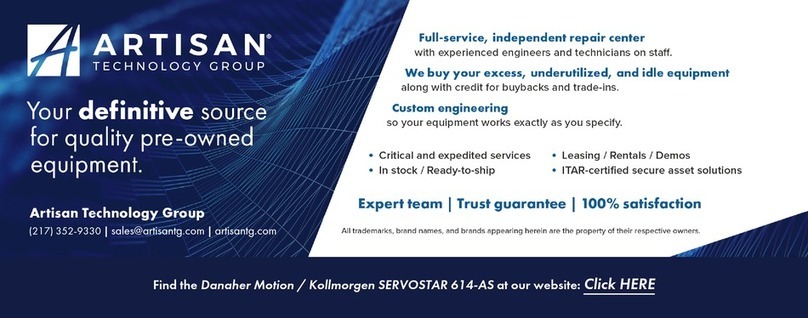
9.10 Motor connection 73
9.10.1 Motor power connection (X8) 73
9.10.2 Motor holding brake connection (X8, X9) 74
9.11 Feedback systems 74
9.12 Primary and secondary feedback types 75
9.12.1 SFD3 (X1), single cable connection 76
9.12.2 HIPERFACE DSL (X1), single cable connection 77
9.12.3 Resolver (X2) 78
9.12.4 Sine Encoder with BiSS analog (X1) 79
9.12.5 Encoder with BiSS digital (X1) 80
9.12.6 Sine Encoder with EnDat 2.1 (X1) 81
9.12.7 Encoder with EnDat 2.2 (X1) 82
9.12.8 Sine Encoder with HIPERFACE (X1) 83
9.12.9 Sine Encoder with SSI (X1) 84
9.12.10 Sine Encoder without data channel (X1) 85
9.12.11 Sine Encoder with Hall (X1) 86
9.12.12 ROD (AquadB) 5V, 1.5MHz (X1) 87
9.12.13 ROD (AquadB) 5V, 350kHz (X1) 88
9.12.14 ROD (AquadB) 5V, 350kHz with Hall (X1) 89
9.12.15 ROD (AquadB) 24V (X3) 90
9.12.16 ROD (AquadB) 24V with Hall (X3, X1) 91
9.12.17 SSI absolute Encoder (X1) 92
9.12.18 Hall sensors (X1) 93
9.13 Electronic Gearing, Master-Slave operation 94
9.13.1 Encoder control types 94
9.13.2 Connection to stepper motor controllers (step and direction) 95
9.13.2.1 Step / Direction with 5 V signal level (X1) 95
9.13.2.2 Step / Direction with 24 V signal level (X3) 95
9.13.3 Master-Slave operation 96
9.13.3.1 Connection to an S700 master, 5V signal level (X1) 96
9.13.3.2 Connection to an S700 Master, 5V signal level (X5) 96
9.14 Encoder Emulation, position output 97
9.14.1 Incremental encoder output - A quad B (X1) 97
9.14.2 SSI encoder output (X1) 98
9.15 Digital and analog inputs and outputs 99
9.15.1 Analog Inputs (X3B) 99
9.15.2 Digital Inputs (X3A, X3B, X4) 100
9.15.2.1 Connector X3A, X3B 100
9.15.2.2 Connector X4 101
9.15.3 Digital Outputs (X3A, X3B, X4) 102
9.15.3.1 Connectors X3A, X3B 103
9.15.3.2 Connector X4 103
9.16 RS232 interface, PC connection (X6) 104
9.17 CAN-bus interface (X6) 105
9.18 EtherNet interface (X7) 106
9.19 Memory card 107
10 Setup 108
10.1 Important notes 108
10.2 Setup software 109
10.2.1 Use as directed 109
10.2.2 Software description 109
10.2.3 Hardware requirements, operating systems 110
10.2.4 Installation under WINDOWS 110
10.3 Quickstart, initial drive test 111
S748-772 Instructions Manual | Table of Contents
Kollmorgen | kdn.kollmorgen.com | July 2019 5
